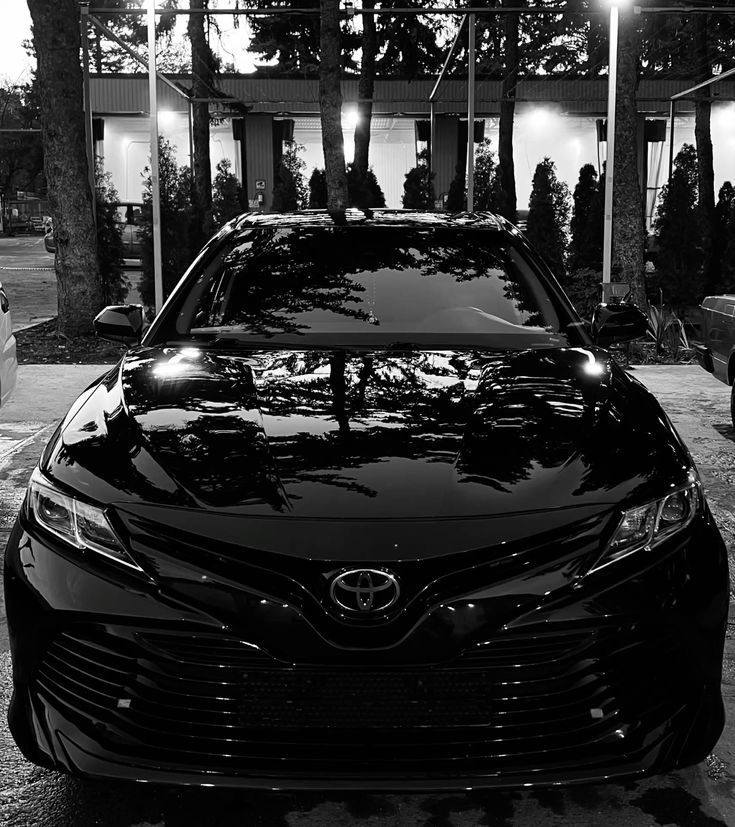Restore Your Car’s Shine – Professional Polishing Services
Introduction to Car Polishing
By using professional-grade compounds and polishing techniques, this process removes dullness and revives your car’s aesthetic appeal. Whether preparing for a protective coating or simply refreshing your vehicle’s appearance, regular polishing helps maintain a deep, mirror-like shine and prolongs the life of your car’s paint.
For those who take pride in their vehicle’s finish, car polishing is an essential step in keeping it looking pristine and well-maintained.
Why Car Polishing is Essential
- Restores Paintwork
- Enhances Shine
- Protects the Paint
- Prepares for Waxing or Coating
- Removes Imperfections
- Increases Resale Value
Benefits of Our Polishing Service
- Removes Swirl Marks & Fine Scratches
- Restores Deep Gloss & Shine
- Enhances Paint Clarity & Reflectivity
- Prepares Surface for Wax or Coating

Our Polishing Process
- Step 1: Surface inspection
- Step 2: Paint decontamination
- Step 3: Machine polishing
- Step 4: Final protection layer application
Polishing Packages
- Basic Polishing (Light swirl removal)
- Advanced Polishing (Paint correction)
- Premium Detailing & Polishing
Why Choose Us?

Use of professional-grade polishing compounds.

Experienced detailing specialists.

Quality guarantee.
Client reviews
Car polishing should typically be done two to three times a year, depending on various factors such as driving conditions, exposure to the elements, and the type of polish used. If a car is frequently exposed to harsh weather, road salt, or excessive sunlight, more frequent polishing—every three to four months—may be necessary to maintain the paint’s shine and protection. Light polishing can be done quarterly to enhance gloss, while medium polishing, which removes minor scratches and swirl marks, is best performed every six months. Heavy polishing, involving a cutting compound for deeper scratches, should be limited to once a year to prevent excessive wear on the clear coat. Over-polishing can thin out the protective layer of the paint, so it’s important to strike the right balance and always follow up with waxing or sealing for long-term protection.
Car polishing does not damage the paint if done correctly and in moderation. However, excessive or improper polishing can lead to issues. Polishing works by removing a very thin layer of the clear coat to smooth out imperfections like swirl marks and light scratches. If done too frequently or with aggressive compounds, it can gradually wear down the clear coat, reducing the paint’s protection and shine.
To prevent damage, it’s essential to use the right type of polish for your car’s condition and apply it with proper techniques. Light polishing can be done a few times a year, while heavy cutting compounds should be used sparingly. Always follow up with waxing or a ceramic coating to protect the paint after polishing. When done correctly, polishing enhances the car’s appearance without harming the paint.






